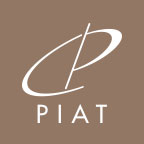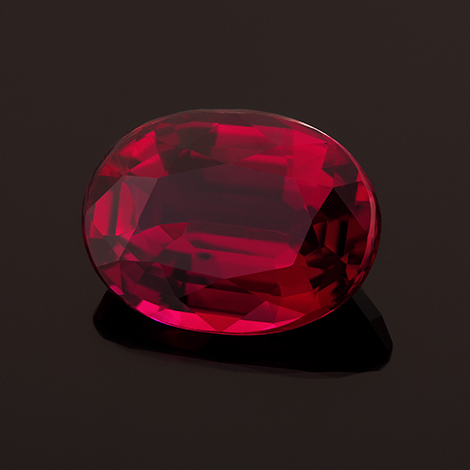 Menu
Menu

Hardness (or Mohs Hardness) : 9
RI (Refractive Index) : 1.762 to 1.774 with birefringence from 0.005 to 0.009
SG (Specific Gravity) : 4
| Dimensions in mm | Carat |
| 2,0 | 0,05 |
| 2,5 | 0,09 |
| 3,0 | 0,15 |
| 3,5 | 0,21 |
| 4,0 | 0,38 |
| 4,5 | 0,45 |
| 5,0 | 0,66 |
| 5,5 | 0,85 |
| 6,0 | 1,10 |
| 7,0 | 2,11 |
| Dimensions in mm | Carat |
| 4x3 | 0,20 |
| 5x3 | 0,30 |
| 6x4 | 0,62 |
| 7x5 | 1,06 |
| 8x6 | 1,57 |
| 9x7 | 2,37 |
| Dimensions in mm | Carat |
| 4x2 | 0,12 |
| 5x2,5 | 0,23 |
| 6x3 | 0,35 |
| 8x4 | 0,77 |
| 10x5 | 1,48 |
| 12x6 | 2,23 |
| Dimensions in mm | Carat |
| 3,0 | 0,12 |
| 4,0 | 0,27 |
| 4,5 | 0,48 |
| 5,0 | 0,59 |
| 5,5 | 0,83 |
| 6,0 | 0,98 |
| 7,0 | 1,58 |
| 8,0 | 2,25 |
| 9,0 | 3,09 |
| 10,0 | 4,60 |
| Dimensions in mm | Carat |
| 4x3 | 0,27 |
| 5x3 | 0,36 |
| 6x4 | 0,45 |
| 7x5 | 1,51 |
| 8x6 | 2,22 |
| 9x7 | 3,22 |
| Dimensions in mm | Carat |
| 5x3 | 0,26 |
| 6x4 | 0,51 |
| 7x5 | 0,89 |
| 8x5 | 1,13 |
| 9x6 | 1,81 |
| 10x7 | 2,46 |
| Dimensions in mm | Carat |
| 2,0 | 0,06 |
| 2,5 | 0,11 |
| 3,0 | 0,21 |
| 3,5 | 0,29 |
| 4,0 | 0,44 |
| 4,5 | 0,68 |
| 5,0 | 0,80 |
| 5,5 | 0,97 |
| 6,0 | 1,43 |
| 7,0 | 2,34 |
Main deposits are Burma and Mozambique, but rubies can also be found in Tanzania, Kenya, Madagascar, Thailand...
- Heat treatment: using high temperature to enhance the color. It is the most common treatment
- Filling cracks and fractures: with colourless or coloured oil, with melted glass (glass-filling) or with lead-base glass (lead glass-filling)
- “surface diffusion” and bulk diffusion (also called lattice diffusion) during heat-treatment :
using colouring agents, and Beryllium for lattice diffusion, to change or enhance a gemstone’s colour.
Most laboratories disclose the presence of heat treatments and fillings as well as the degree of treatment.
A few will also confirm the most sought after colour, "pigeon blood red".
The SSEF and Gübelin laboratories now agree on a common definition for Pigeon Blood rubies:
the gem must be unheated, with an extremely bright and very even colour, as well as a very high clarity.
The colour should be a deep red without any blueish or brownish tints.
The ruby must also have a strong fluorescence, which explains why these laboratories say that Pigeon Blood rubies are mostly of Burmese origin.
Corundum is a very hard material. However, it may scratch.
Handle with care and store separately to avoid any risk of abrasion.
Corundums do not cleave and are therefore more resistant than most gemstones in the jewellery business.
Clean with warm soapy water and dry with a soft cloth.